Golf is a game that has captivated players and fans worldwide, captivating millions with its blend of skill, strategy, and serene landscapes. But have you ever wondered where golf originated? Let’s dive deep into the history of golf, exploring its origins, evolution, and how it became the sport we know and love today.
A Brief History of Golf
The story of golf is not as simple as one may think. Its roots can be traced back to several ancient games, but the modern game we recognize took shape in Scotland during the early 15th century.
The Early Games: A Look Back
- Games of the Past: Various games resembling golf have roots in ancient civilizations. Spheres were hit with sticks in games played by the Greeks and Romans. The Dutch had a game called kolf or colf, where players struck a ball toward a target.
- The Scottish Connection: While the Dutch and others contributed to similar games, it was in Scotland where golf began to take on its distinctive shape. Records indicate that golf was played on the links of Scotland by the 15th century, often on the coastal plains where natural obstacles challenged players.
Golf in Scotland
In 1457, the Scottish Parliament famously banned golf because it distracted soldiers from practicing archery—a testimony to golf’s growing popularity. The first written mention of the word "golf" can be found in a statute of King James II, which underscored its burgeoning status among the Scottish populace.
The Birth of Rules: The Old Course at St Andrews
The home of golf—St Andrews, Scotland—holds a special place in the heart of golfers. Established in the 1400s, the Old Course at St Andrews became the first golf course, and it has undergone many modifications but remains a pilgrimage site for golf enthusiasts.
Key Points:
- The Old Course has a rich history, being the site of the first organized competitions.
- The Royal & Ancient Golf Club, founded in 1754, became the governing body for golf and formalized the rules of the game.
The Evolution of Golf Outside Scotland
As golf credentials established themselves in Scotland, the game began to spread throughout Europe. By the late 19th and early 20th centuries, golf began making inroads into the United States, becoming associated with the upper class.
Notable Developments:
- 1900s: The United States Golf Association (USGA) was established, further formalizing the game’s rules and ensuring it remained consistent across varying courses and locations.
- 1920s – 1930s: The Golden Age of Golf saw the game’s popularity skyrocket, ultimately leading to the integration of golf tournaments into mainstream sporting events.
Golf’s Global Expansion
By the end of the 20th century, golf had become an international phenomenon, attracting players from all walks of life. Major tournaments such as The Masters, The Open Championship, and the U.S. Open drew large crowds and witnessed epic rivalries that still resonate today.
Notable Golf Events and Innovations
- The Ryder Cup, established in 1927, showcased the competitive spirit between American and European players.
- The introduction of new technology, from advanced clubs to golf balls, transformed the way we perceive and play the game.
The Role of Technology in Modern Golf
Technological advancements have significantly impacted how golf is played today. From launch monitors to high-tech clubs, players can fine-tune their swings and improve their skills.
Benefits of Technology
- Performance Measurement: Devices can measure swing speed, ball speed, and launch angles.
- Training Aids: Video analysis allows players to evaluate their swings and make informed adjustments.
Key Takeaways
- Golf’s origins can be traced back to Scotland in the 15th century, with apocryphal links to ancient games.
- St Andrews is recognized as the birthplace of modern golf and remains a vital player in golf history.
- Technology has transformed golf, enhancing performance and helping players improve their game.
Frequently Asked Questions (FAQs)
1. When was the game of golf invented?
Golf as we know it began to take shape in 15th-century Scotland, although similar stick-and-ball games date back to ancient times.
2. What is the significance of St Andrews in golf history?
St Andrews is often referred to as the "home of golf," housing the first established golf course and being the birthplace of modern rules.
3. How did golf spread to other countries?
Golf spread through colonization and interest from expatriates and tourists, particularly in the late 19th and early 20th centuries.
4. Who governs the rules of golf?
In the United States, the USGA governs the rules; globally, the Royal and Ancient Golf Club of St Andrews oversees the game internationally.
5. What are some of the most prestigious golf tournaments?
Notable tournaments include The Masters, The Open Championship, and the Ryder Cup, which feature elite golfers from around the world.
6. How has technology impacted the game of golf?
Technology enhances gameplay through data analysis, better equipment, and innovative training aids, improving players’ performance and skills.
7. Why was golf banned in 1457?
King James II of Scotland banned golf to encourage soldiers to practice archery, reflecting the growing popularity and distraction golf posed at the time.
8. What are the main variations of golf played today?
Main variations include stroke play and match play, with formats like skins games and scramble tournaments also popular in recreational play.
Conclusion
Golf is more than just a game; it’s a tapestry woven through history, culture, and innovation. From its humble beginnings in Scottish links to its status as a global sport today, golf has captured hearts and minds around the world. Understanding its origins not only enriches our appreciation of the sport but also connects us to its vibrant community. So the next time you’re on the course, remember the rich history behind every swing!
Ready to hit the links? Check out our tips for beginners and make the most of your experience!
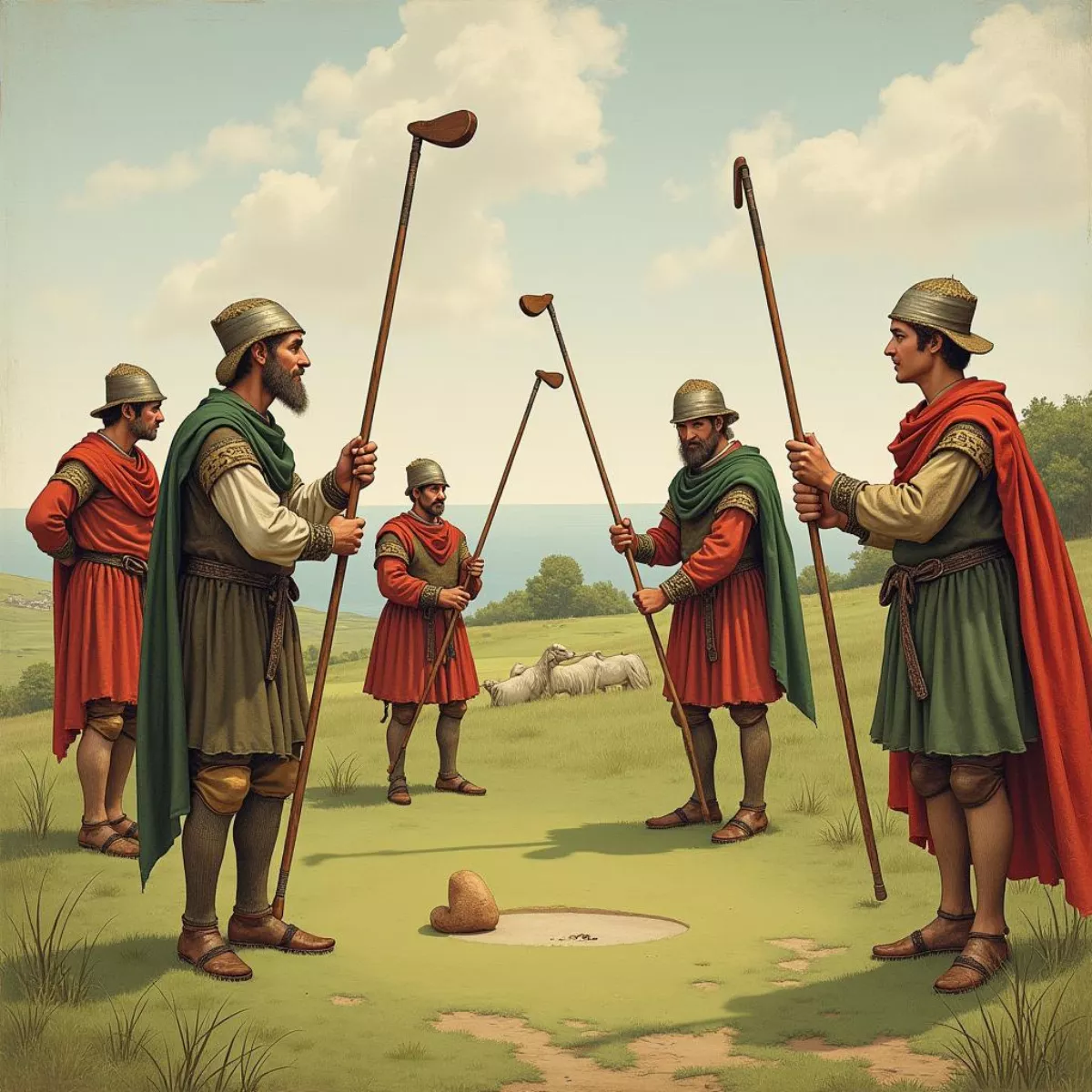
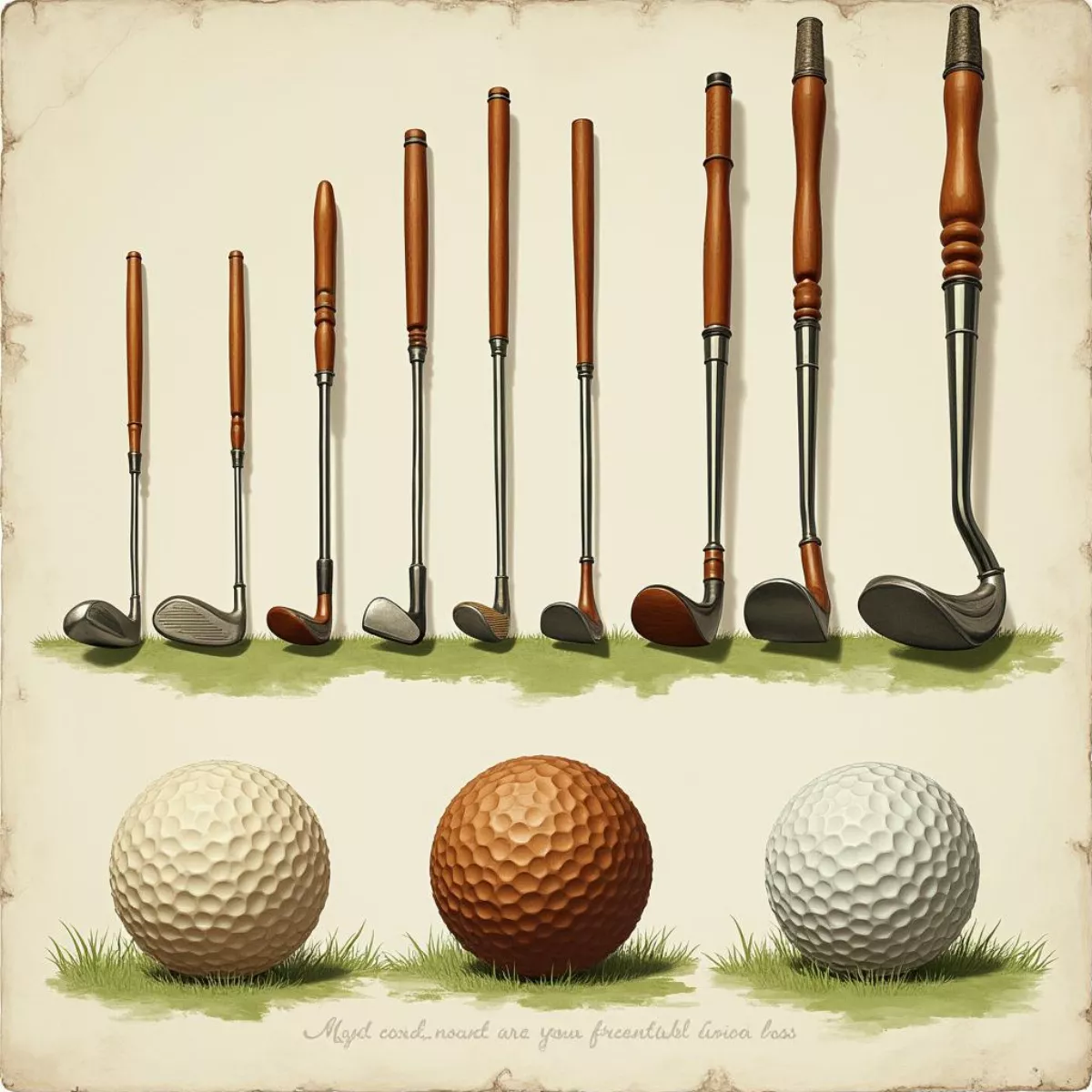 Evolution of Golf Equipment
Evolution of Golf Equipment Global Spread of Golf
Global Spread of Golf Social Aspects of Golf
Social Aspects of Golf
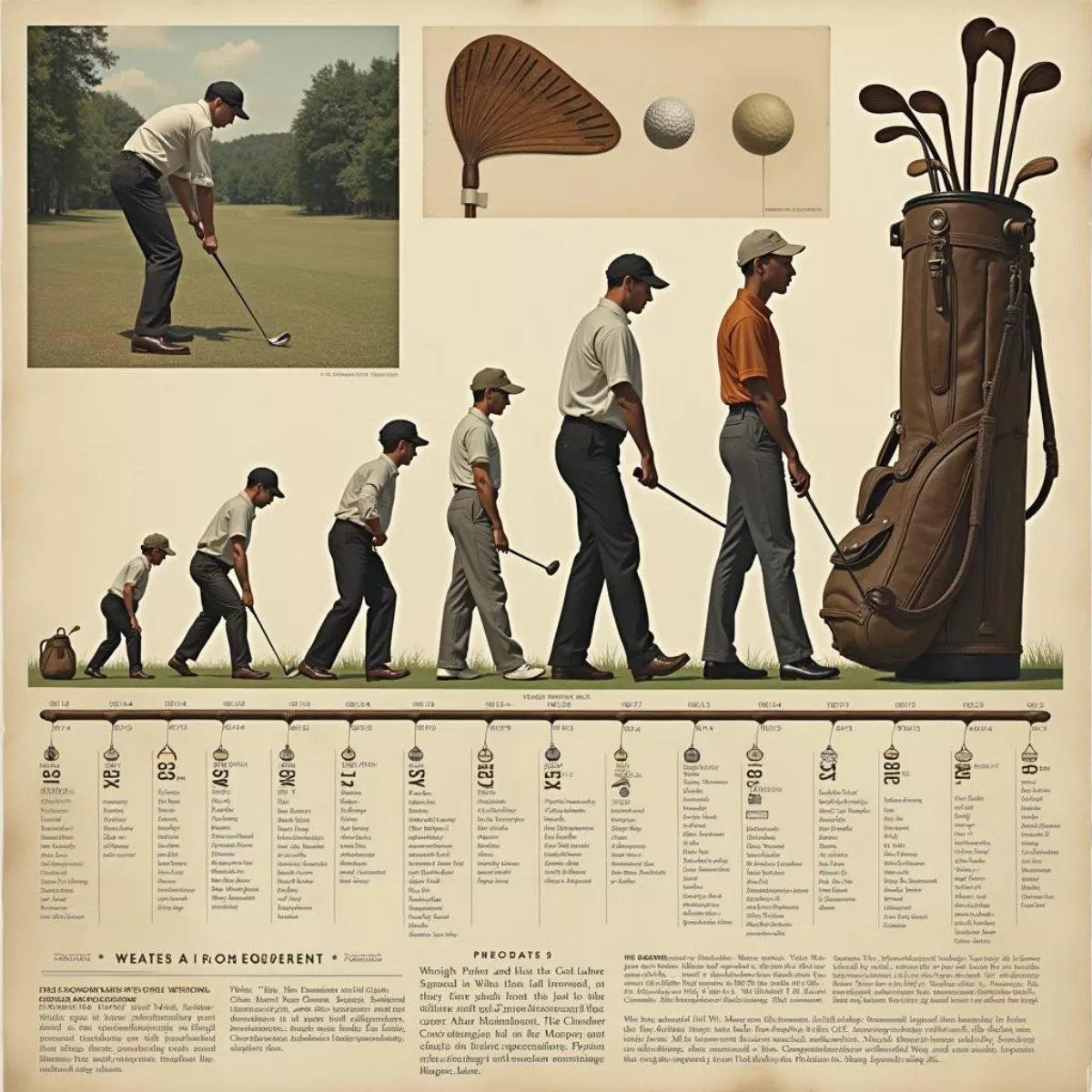 Evolution of Golf Equipment
Evolution of Golf Equipment Modern Golf Technology
Modern Golf Technology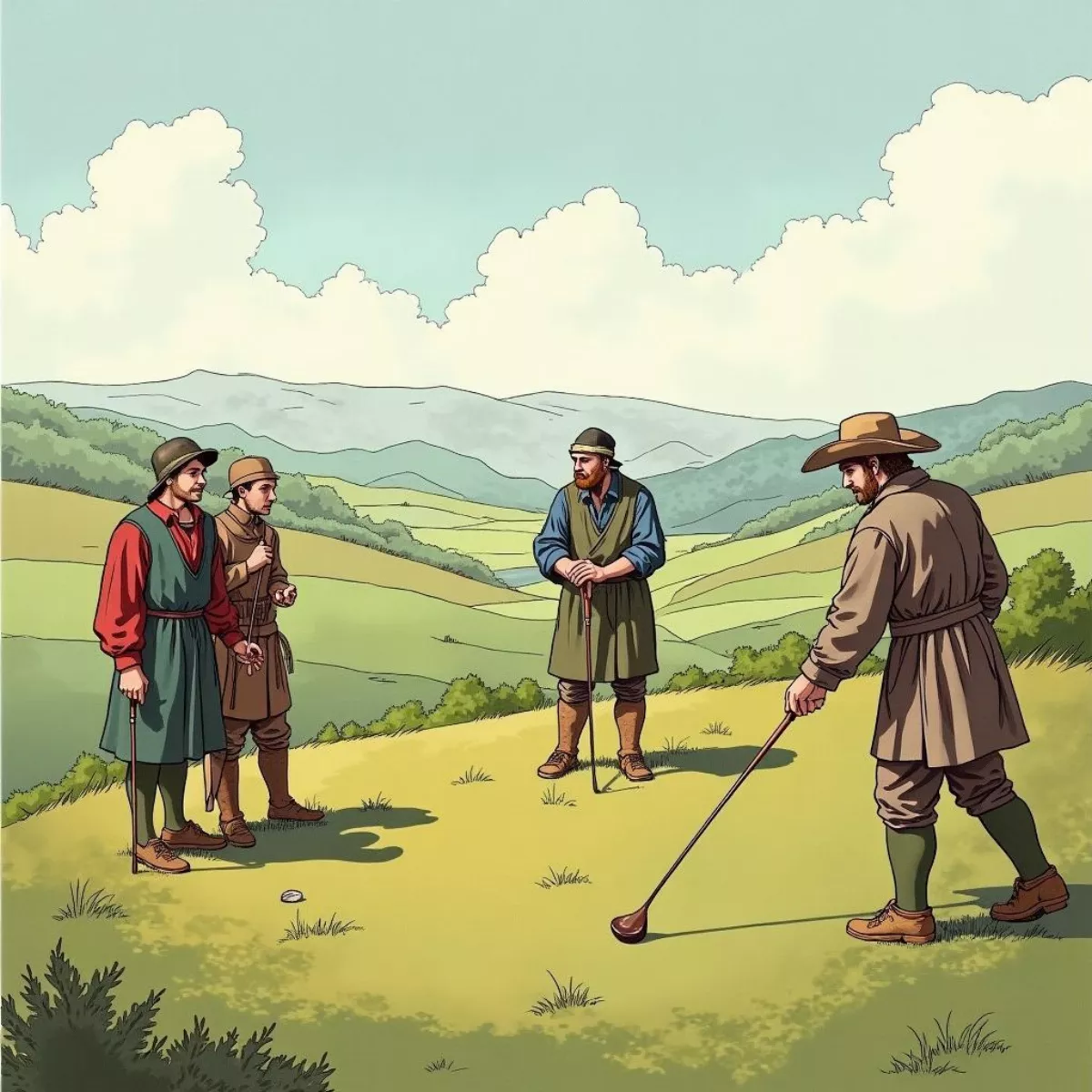
 Prestwick Golf Club in 1860
Prestwick Golf Club in 1860 
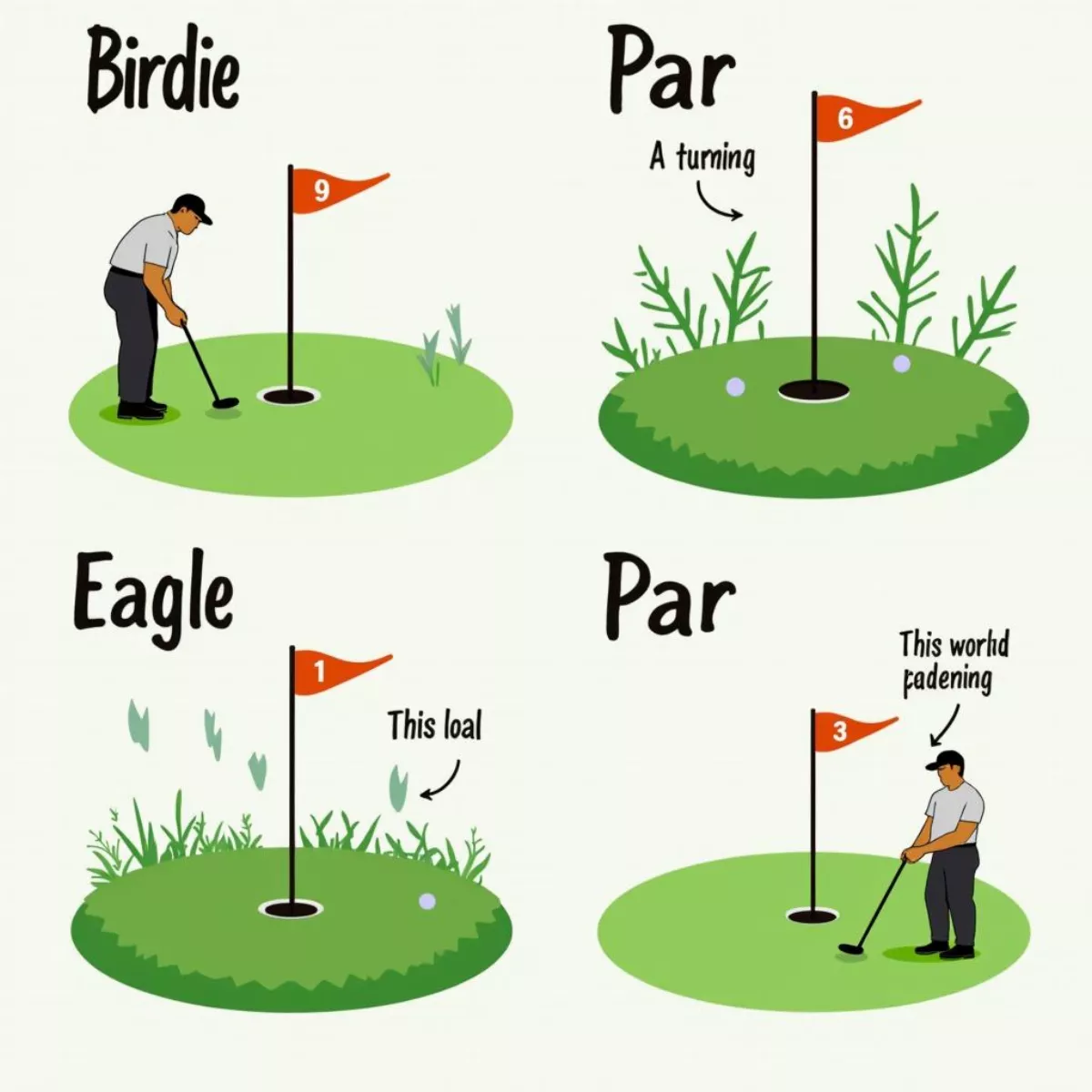 Illustration of Golf Terminology
Illustration of Golf Terminology Diverse Golfers on the Course
Diverse Golfers on the Course
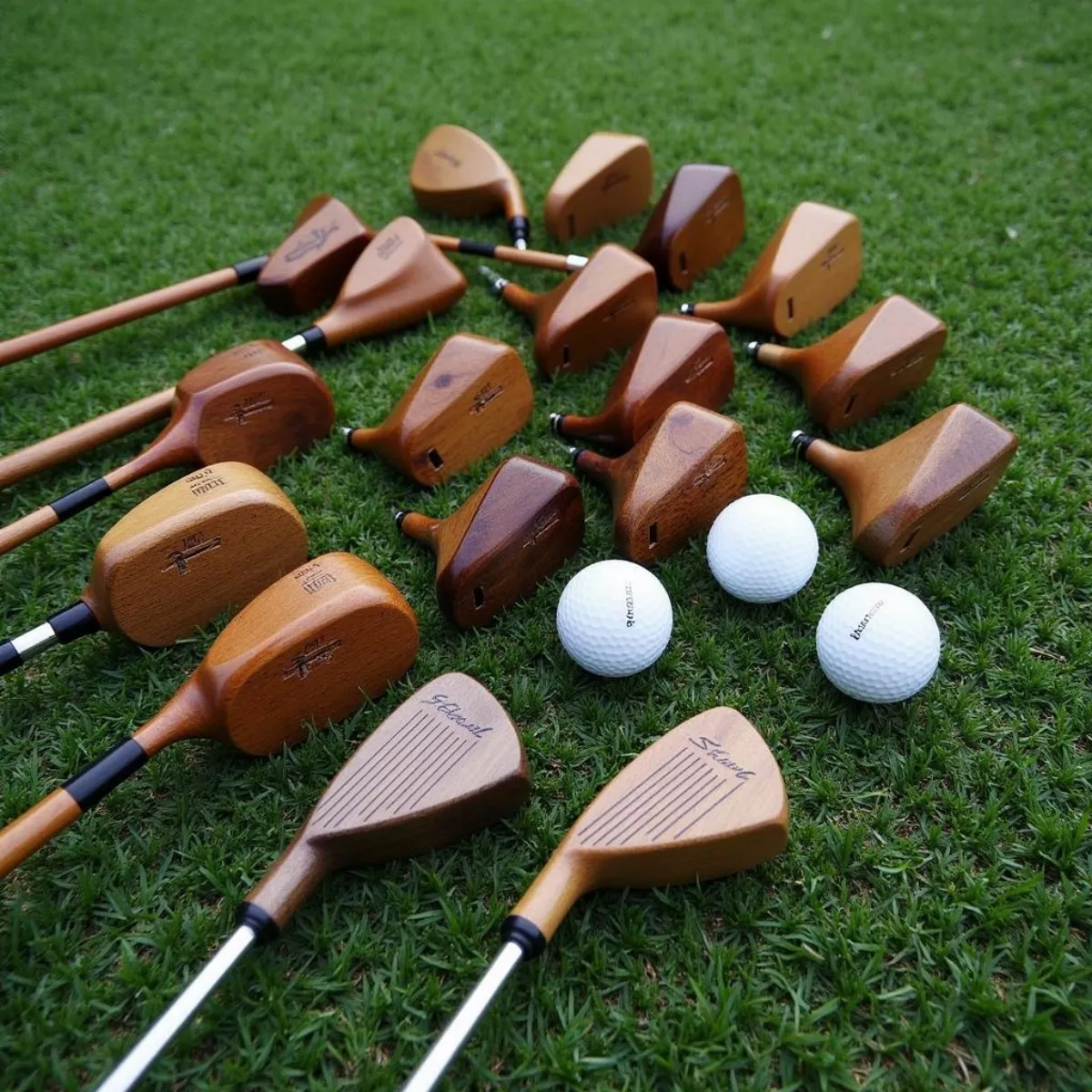 Different Types of Wooden Golf Clubs
Different Types of Wooden Golf Clubs Golfer Choosing a Wooden Club
Golfer Choosing a Wooden Club
 Damaged Golf Ball Water Absorption
Damaged Golf Ball Water Absorption Golfer Drying Golf Ball
Golfer Drying Golf Ball
 Golf Tournament Referee Observing Player
Golf Tournament Referee Observing Player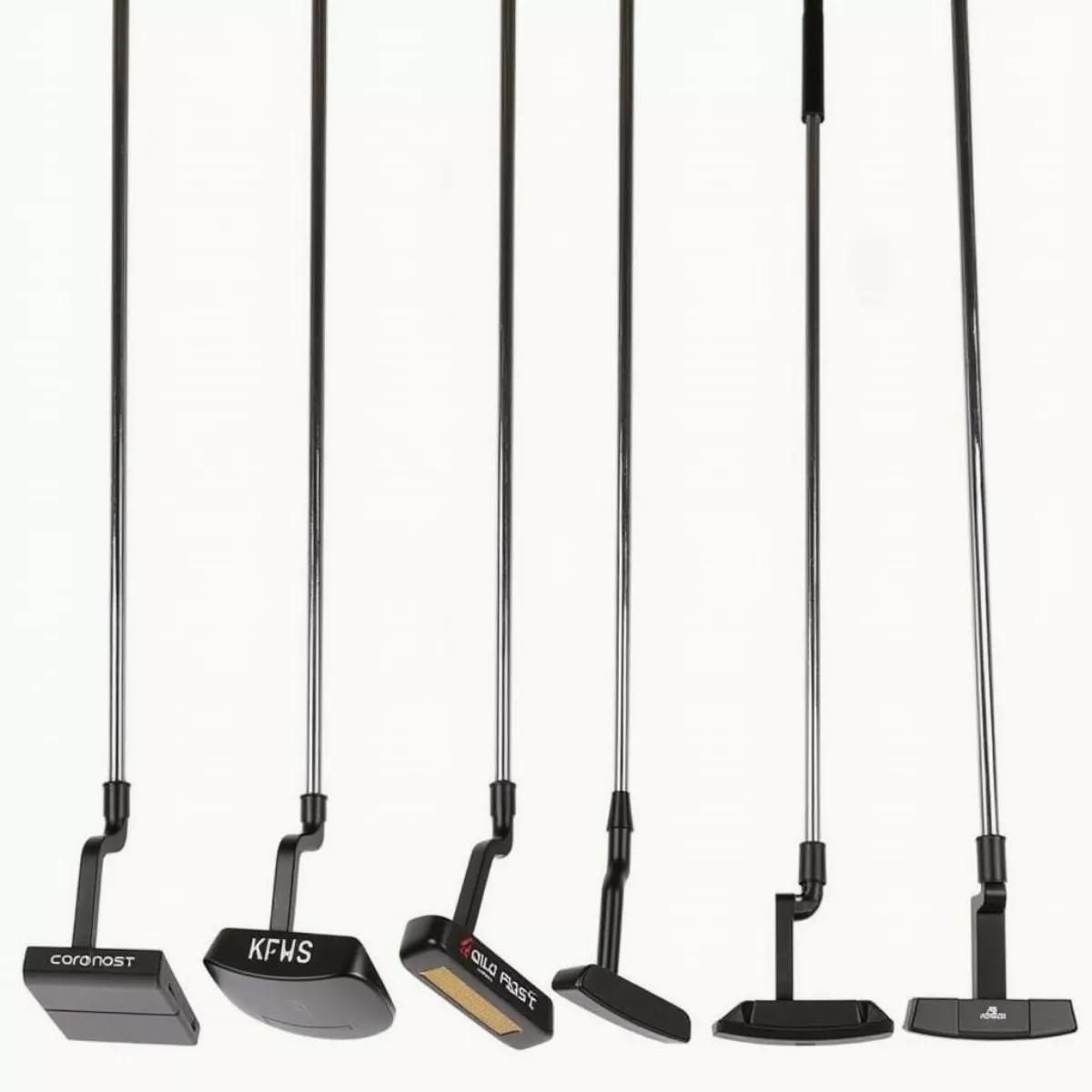 Different Types of Golf Putters
Different Types of Golf Putters
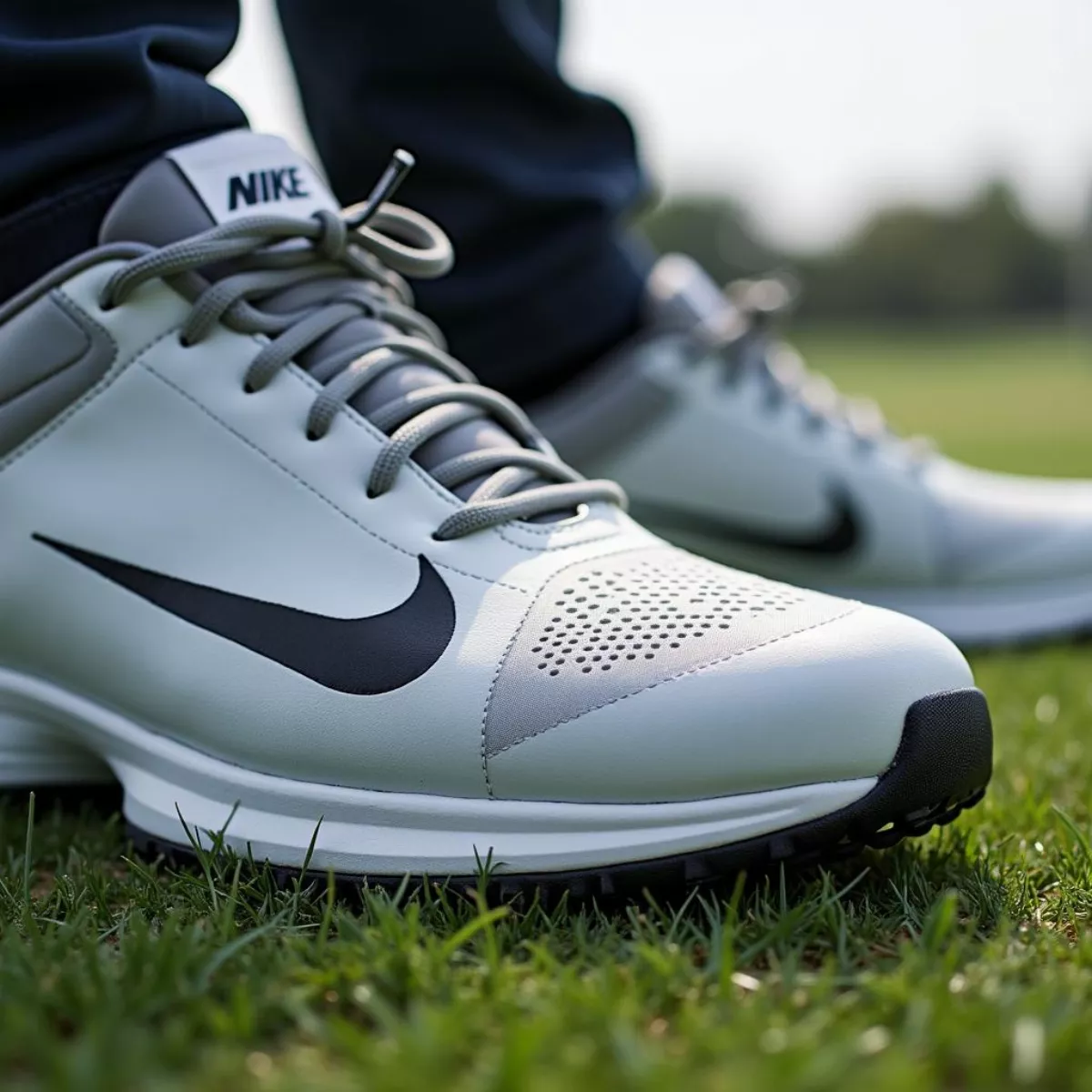 Close-up of Nike TW series golf shoes highlighting key features
Close-up of Nike TW series golf shoes highlighting key features Golfer trying on golf shoes in a retail store
Golfer trying on golf shoes in a retail store